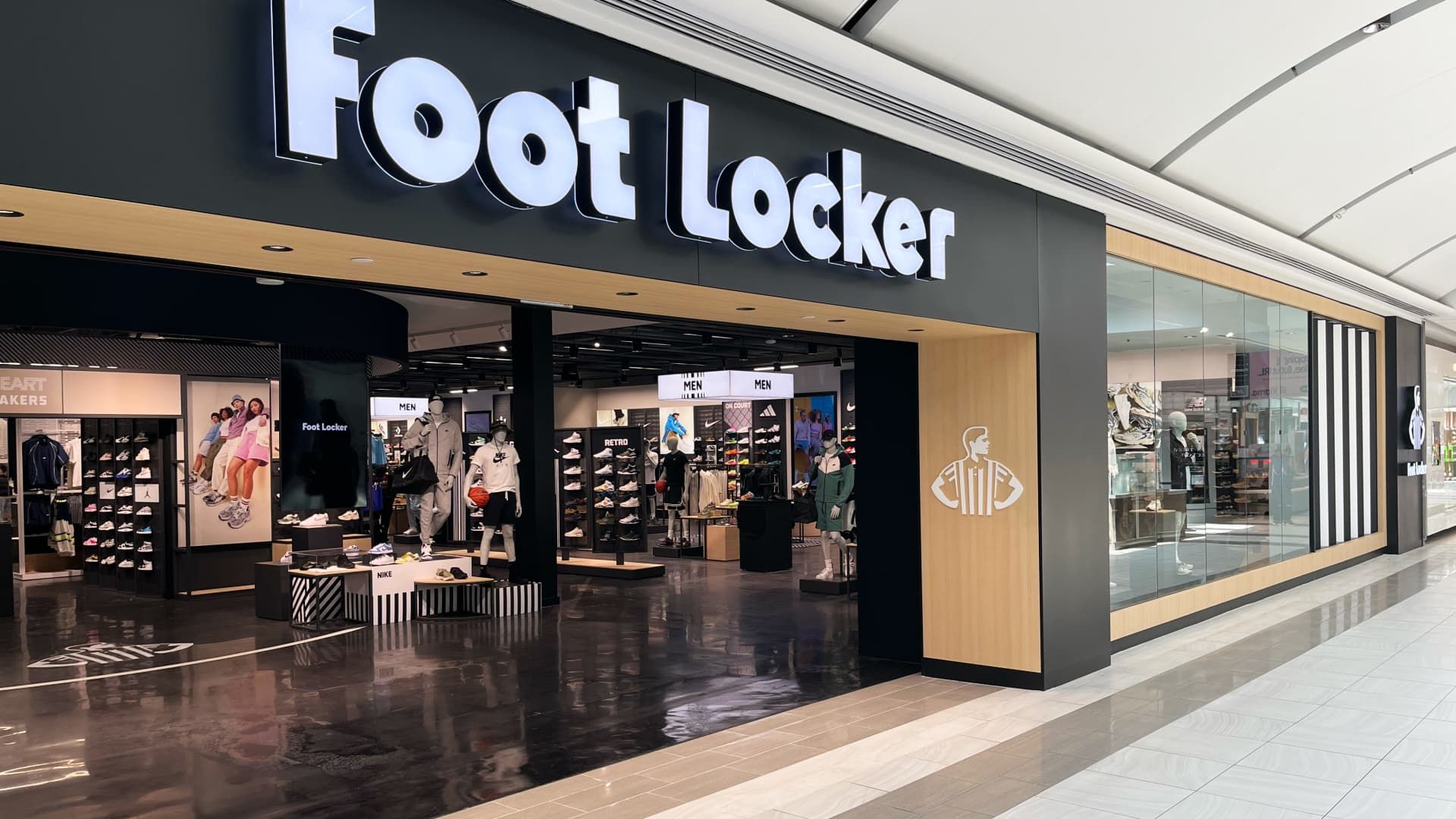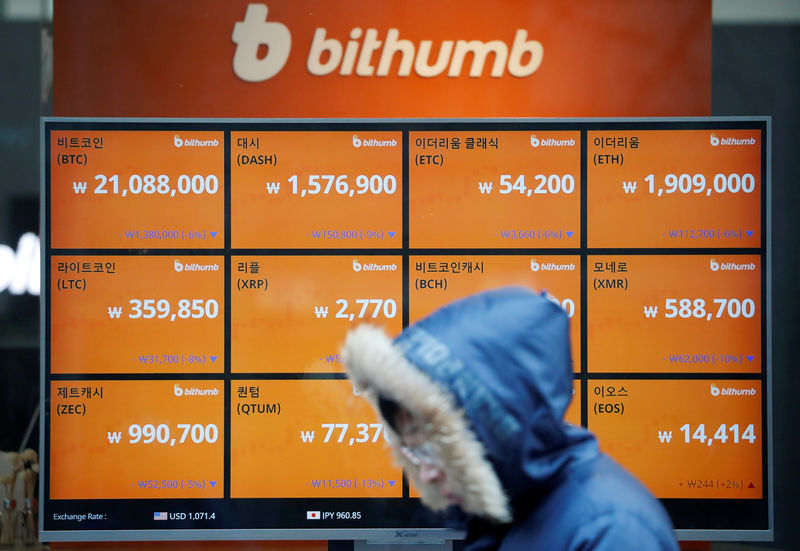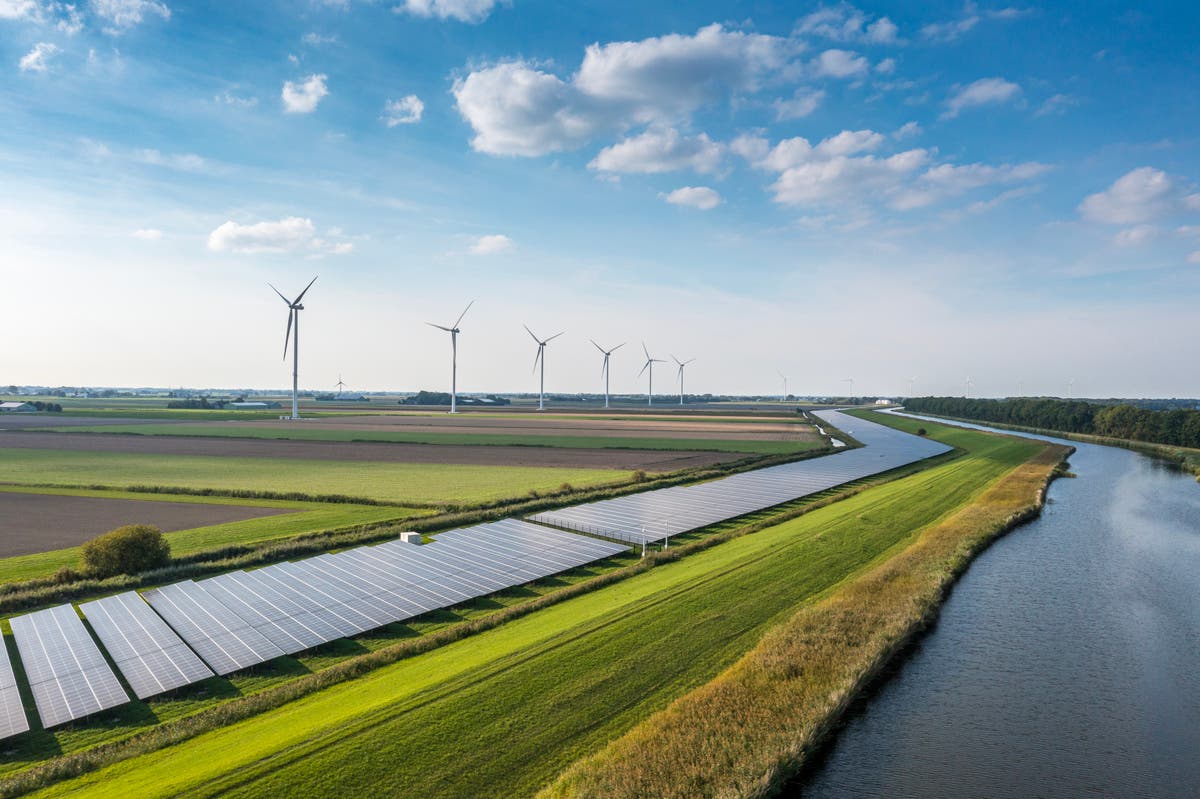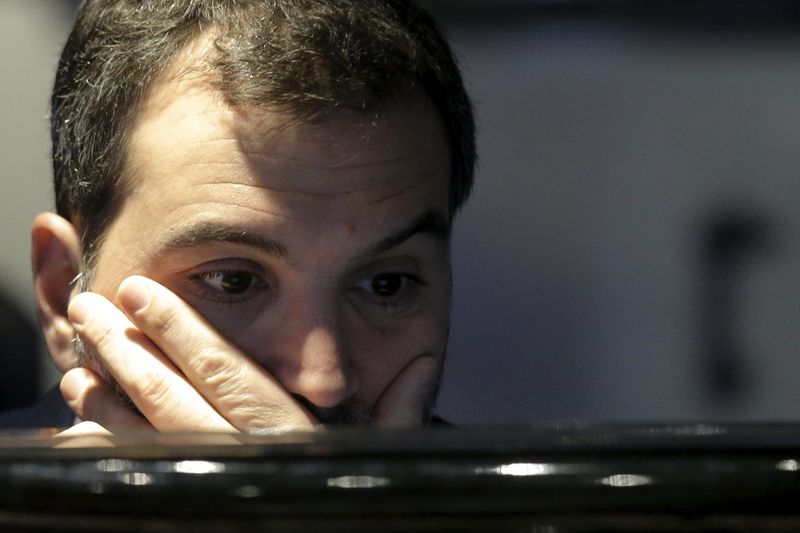A Foot Locker, Inc. store
Courtesy of: Foot Locker, Inc.
Retail's biggest winners during first-quarter earnings aren't thriving because consumers are suddenly spending more on discretionary goods, but because they're doing well and cash-strapped shoppers are choosing them over their competitors.
If there's one takeaway from the results released by the largest U.S. retailers in recent weeks, it's that shoppers are still spending, but they're much more selective about where.
Feeling the weight of persistent inflation, high interest rates and an economy that seems tougher than it may actually be, consumers are prioritizing purchases that have the right mix of value, convenience and fun.
Companies like Abercrombie & Fitch, TJX Companies and Gap impressed Wall Street with their results, while others like Kohl's, American Eagle and Aim upset.
Take gap and shoe drawer – two unlikely winners who released results on Thursday. Both retailers are in the midst of ambitious recovery plans and are doing better than expected thanks to the new strategies they have implemented.
Gap posted positive comparable sales for all four of its brands (Athleta, Old Navy, Banana Republic and its namesake brand) for the first time in “many years,” beating Wall Street expectations across the board, the company said.
For years, Gap had been losing market share to spirited competitors. But under new CEO Richard Dickson, the marketing guru credited with reviving the Barbie franchise, the clothing chain has focused on financial rigor, brand storytelling and product development. In less than a year, Gap's sales and profits have improved significantly and its brands are starting to be part of the cultural conversation again.
A few weeks ago, actress Anne Hathaway attended a Bulgari party wearing a white Gap shirt dress that had been designed by the company's new creative director, Zac Posen. Crucially, Gap delivered the $158 dress to consumers and it sold out within hours. This combination of marketing and exclusive product launches is what Gap had long been lacking and what its competitors had already been doing.
Foot Locker had been in decline in recent years, but with the right combination of new strategies and a little luck, its recovery is showing signs of life.
Under Mary Dillon, Foot Locker has worked to turn around its stores, where it makes more than 80% of its sales. It has sought to create not only a better shopping experience for consumers but also a better place for its critical brand partners.
Instead of two walls of shoes with competing brands mixed in, Foot Locker is shifting its fleet so brands have their own unique displays. Its new “store of the future” concept in a New Jersey shopping center that brings that strategy to life has become its best-performing store in North America in just a few weeks, Dillon told CNBC, adding that the brands are delighted with the new design.
The change couldn't have come at a better time. Years after Nike's strategy of eliminating wholesalers and selling directly to consumers, the retailer is realizing it went too far and is now changing course.
With renovated stores and better product displays, consumers are also converting more and paying full price, even Foot Locker's low-income shoppers.
“Our consumer… this is a category that is very important to them. So when people have discretionary income, it may be limited, but you're going to prioritize where you spend it, right?” Dillon said. “We're showing that people are willing to spend full price, but you have to have the right products and offer them in a way that makes them attractive, right? That's where the whole customer experience really matters.”
Elsewhere, Dick's Sporting Goods released a strong first-quarter report on Wednesday, as executives said average selling prices and transactions increased and they saw no signs of consumers switching to cheaper options. That may not mean shoppers are spending more broadly, however: Dick's has long been considered a best-in-class operator that offers a solid shopping experience, meaning it can win even when consumers are picky. with your expenses.
denim wars
Two retailers that didn't have good quarters… American Eagle and Kohl's – tell a story of losing trends or poor execution.
American Eagle handily beat earnings estimates thanks to a new strategy designed to drive profitable growth, but missed revenue and issued cautious guidance that was slightly below Wall Street expectations.
American Eagle President and Executive Creative Director Jennifer Foyle told CNBC that the brand is working to eliminate items that don't reach shoppers and dig deeper into those that do. She said the retailer focused too much on jeggings in the past, but that loose, low-rise cuts are in trend now.
During a visit to the store at the American Dream mall in New Jersey on Thursday, an associate told CNBC that the location did not have loose-fitting, low-rise stores, and that they were only available online. Meanwhile, there was a wall of jeggings. Still, denim was a strong performer for the company during the quarter and had a variety of other styles that resonated with customers on site, the company said.
Denim is having a moment among shoppers. Search levels for denim are reaching peaks in a 20-year data set, particularly for categories like tops and dresses, according to a Morgan Stanley research note.
Kohl's is failing in a much more significant sense. The retailer posted discouraging numbers on Thursday, as both profits and revenue fell well short of expectations. He cut his full-year forecast and his stock plummeted more than 20%, the largest single-day percentage drop in stock history.
The weak results illustrated a challenge the retailer still faces: keeping up with trends and remaining relevant.
CEO Tom Kingsbury told CNBC that he expects the “head-to-toe” denim trend to play a role in the second half of the year, but that it could already be out of style by the time Kohl's manages to add the pieces to its collection. . shelves.
“Denim is a good business for us. I mean, it's not really the biggest time for denim,” Kingsbury said. “We're selling shorts and T-shirts. And more, you know, warm-weather products.”
Gap, a longtime leader in denim, didn't seem concerned about denim losing popularity because the weather is warmer. CEO Dickson said the company is preparing to launch its “exclusive lightweight denim fabric” called “Ultra Soft” in time for summer.
Not following trends has been a constant problem for the old Kohl's department store. Kingsbury told CNBC in March that Kohl's used to buy products for the junior department that caters to teenage girls, one of the most trend-driven areas of its stores, 12 to 14 months in advance. When the clothes arrived on the sales floor, they were “dead on arrival.”
In a time where viral TikTok videos dictate the life and death of trends, it's more important than ever for retailers to stay on top of what works with customers and what doesn't. Not only are they competing with traditional players, they are also competing for customers with innovative but controversial companies like China-linked Shein, which can go from an idea to an online product in a matter of weeks.
This is very far from the delivery times in under the armor, where it currently takes around 18 months for a product to go from idea to showroom. During an earnings call with analysts on May 16, CEO Kevin Plank called the system “simply uncompetitive in the 2024 landscape” and laid out a plan to streamline the process.
Meanwhile, Abercrombie & Fitch posted another set of stellar results, even as it begins to outperform tougher comparisons. It has seen rapid growth in part because the company is responsive to its customers and has an agile supply chain that has allowed it to follow trends quickly and efficiently.
It posted its strongest first quarter ever and now expects sales to grow 10% in fiscal 2024, up from previous guidance of 4% to 6%.
CEO Fran Horowitz told CNBC that baggy, low-rise jeans are also very popular with its customers. During a recent CNBC visit to its Hollister store, just steps from the American Eagle outpost, many of those jean styles were on display for shoppers as soon as they entered the store.










